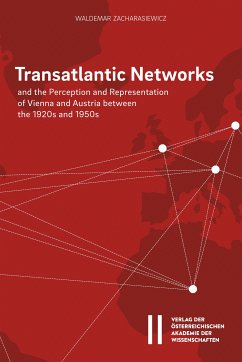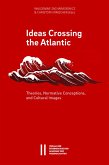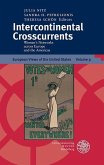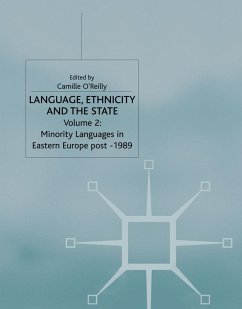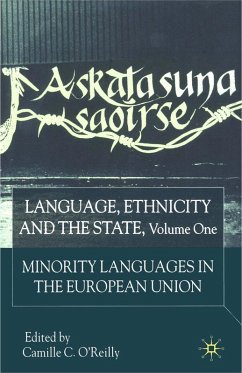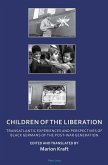Nicht weniger als ein Dutzend amerikanischer Auslandskorrespondenten, zahlreiche Autoren und hunderte amerikanische Ärzte hielten sich in den 1920er und 1930er Jahren in Wien und Österreich auf. Aus etlichen ihrer Nachlässe (Korrespondenzen und Diarien) lassen sich Netzwerke von freundschaftlichen Beziehungen eruieren. Es zeigt sich, dass auch nach dem Zusammenbruch der Monarchie, trotz der wiederkehrenden Krisen inklusive des unheilvollen Bürgerkriegs bis zur Katastrophe des ,Anschlusses', Wien von den meisten nordamerikanischen Besuchern stereotypenkonform weiterhin als Mekka der Musik, der Medizin und der Kaffeehauskultur wahrgenommen und Österreich in den Zeitungs- und Agenturberichten der transatlantischen Öffentlichkeit meist positiv vermittelt wurde. Aus den engen Kontakten ergaben sich Inspirationen und Anregungen für Schlüsselromane, Erzählungen sowie Bühnenstücke, wobei auch Autoren, die Österreich gar nicht besucht hatten, aus dem reichen Material in den Medien schöpfen und etwa Wien als detailreichen Schauplatz für ihre Fiktion wählen konnten. Die Freundschaften und ihre Netzwerke boten auch entscheidende Hilfe für nicht wenige der 1938 ins Exil Vertriebenen. Die Erfahrungen jener Kohorte von Besuchern und das überwiegend positive Bild Wiens / Österreichs wirkten noch lange - etwa bis zur Mitte der 1980er Jahre - nach.
Dieser Download kann aus rechtlichen Gründen nur mit Rechnungsadresse in A, B, BG, CY, CZ, D, DK, EW, E, FIN, F, GR, HR, H, IRL, I, LT, L, LR, M, NL, PL, P, R, S, SLO, SK ausgeliefert werden.
Hinweis: Dieser Artikel kann nur an eine deutsche Lieferadresse ausgeliefert werden.

